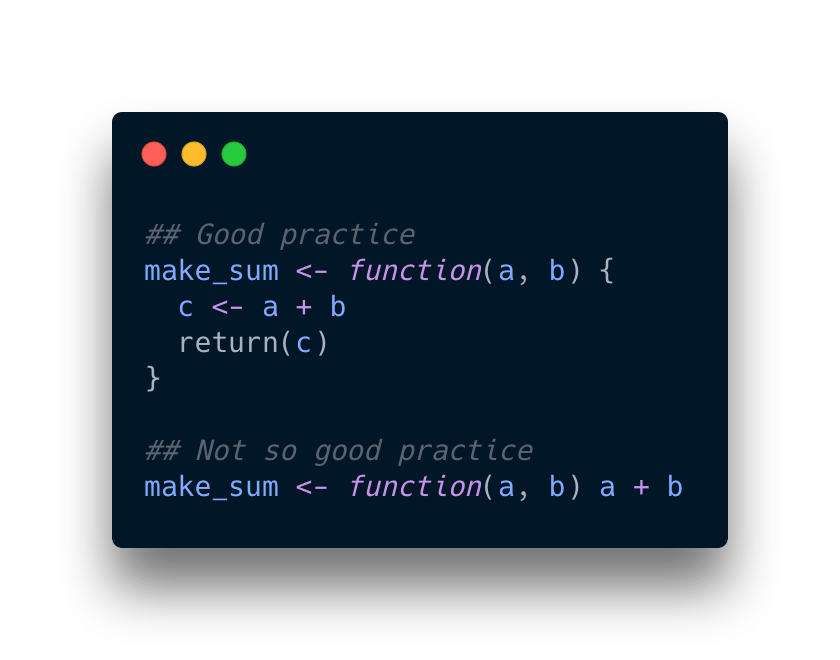
Hello everyone 👋 my name is Cosima and I usually tweet at @cosima_meyer.
In my professional life, I work as a data scientist in the field of AI. I love my job because it allows me to work with fantastic teams to solve puzzles👩🏼💻
In my professional life, I work as a data scientist in the field of AI. I love my job because it allows me to work with fantastic teams to solve puzzles👩🏼💻

@cosima_meyer Before working in the industry, I explored my passion for research in academia. I hold a PhD from the University of Mannheim in #politicalscience (my dissertation dealt with post-civil war stability 🕊).
@cosima_meyer While working at @MZESUniMannheim, I co-founded a #datascience blog “Methods Bites” (@mzes_ssdl) which provides several hands-on tutorials on #NLP, scraping #Twitter data, #dataviz, or how to publish your package on #CRAN.
@cosima_meyer @MZESUniMannheim @mzes_ssdl The data science blog is also accompanied by a speaker series, the Social Science Data Lab, where we invite speakers to talk about cutting-edge methods and topics.
@cosima_meyer @MZESUniMannheim @mzes_ssdl Most of the talks are recorded and (currently) also virtual - so feel free to follow and tune in if you’re interested: bit.ly/mb-event 😊
@cosima_meyer @MZESUniMannheim @mzes_ssdl I am also the founder of @rladies_cologne (a chapter of @RLadiesGlobal) which I currently co-organize with the amazing @GbWinter (as a fun fact, we are turning 1 this month!) If you’re based in the region and/or would love to join us to present or organize, let us know 🥳#rladies
@cosima_meyer @MZESUniMannheim @mzes_ssdl @rladies_cologne @RLadiesGlobal @GbWinter If you’re up for learning more about #dataviz and how to transfer your #ggplot2 skills to #python, we’re hosting an event on September 30 with @tanya_shapiro (in collaboration with @pyladiesmunich, @PyLadiesTunis, and @RLadiesParis) - RSVP here: meetu.ps/e/LpQkG/LW1q6/i 🎨
@cosima_meyer @MZESUniMannheim @mzes_ssdl @rladies_cologne @RLadiesGlobal @GbWinter @tanya_shapiro @pyladiesmunich @PyLadiesTunis @RLadiesParis And I also support @CorrelAid, a #data4good organization, and contribute to the #rstats learning path that empowers civil society organizations to gain more data literacy 💜
@cosima_meyer @MZESUniMannheim @mzes_ssdl @rladies_cologne @RLadiesGlobal @GbWinter @tanya_shapiro @pyladiesmunich @PyLadiesTunis @RLadiesParis @CorrelAid It’s easy to guess but I fell in love with #rstats (and also #python - I believe both languages are great and I'm a strong advocate of using whichever tool works best for the task at hand) and #methods during my undergraduate and graduate studies 😍
@cosima_meyer @MZESUniMannheim @mzes_ssdl @rladies_cologne @RLadiesGlobal @GbWinter @tanya_shapiro @pyladiesmunich @PyLadiesTunis @RLadiesParis @CorrelAid I’m excited to talk this week about writing functions, turning them into a package, #debugging, creating your first #Shiny app, working with #NLP (and transformer-based models), and combining your workflow with good version control - #git.
@cosima_meyer @MZESUniMannheim @mzes_ssdl @rladies_cologne @RLadiesGlobal @GbWinter @tanya_shapiro @pyladiesmunich @PyLadiesTunis @RLadiesParis @CorrelAid But to get right into it, let’s start with a quick poll round about your use of #rstats:
https://twitter.com/cosima_meyer/status/1569217566114979840
• • •
Missing some Tweet in this thread? You can try to
force a refresh








